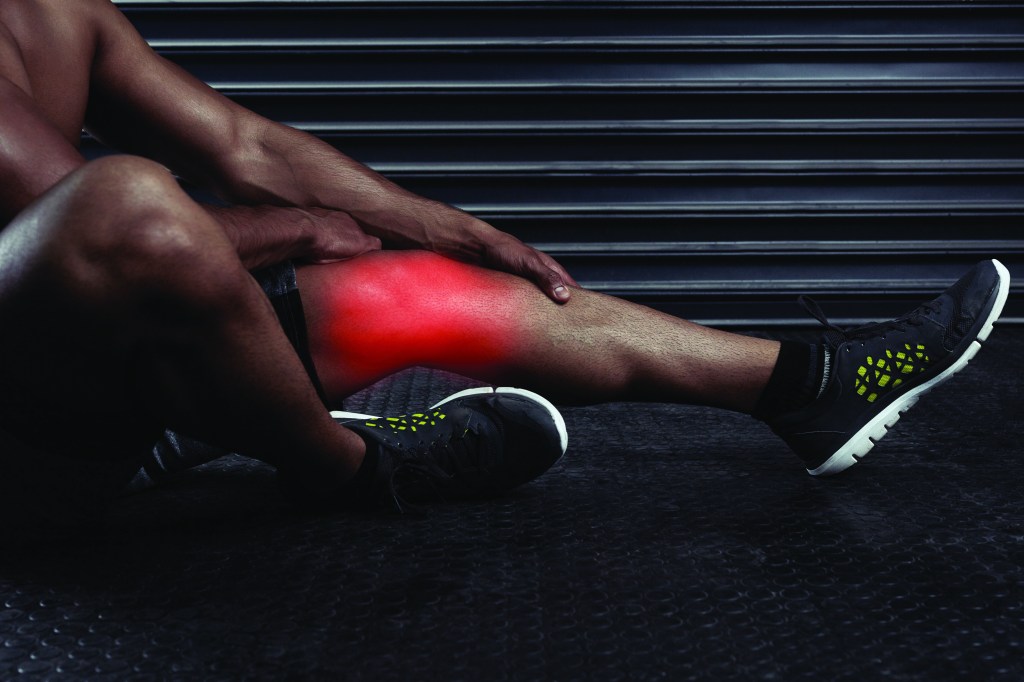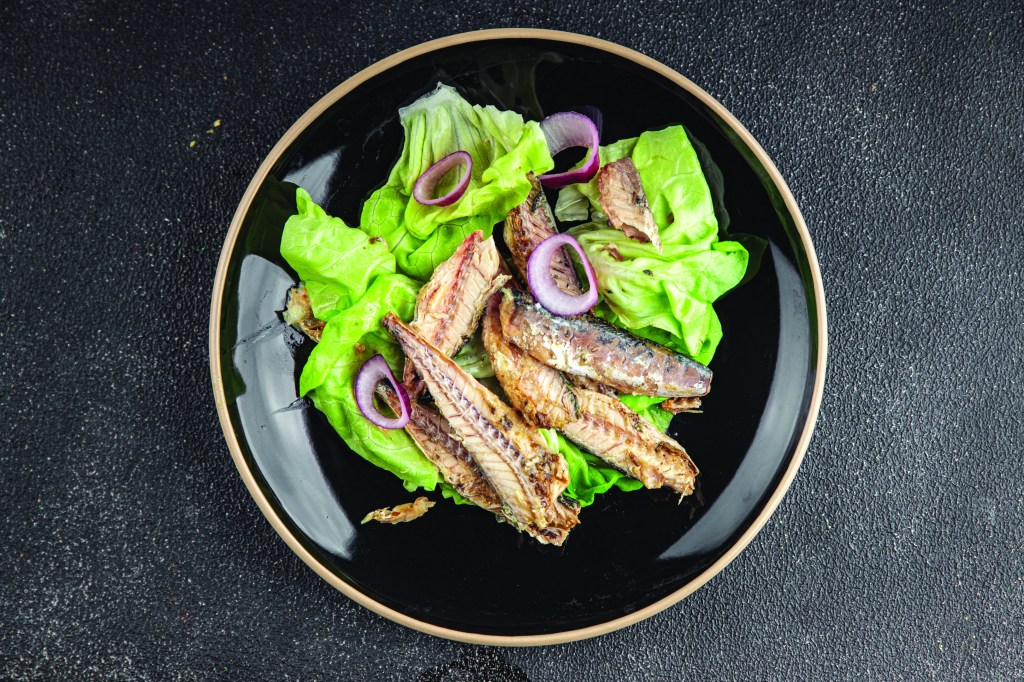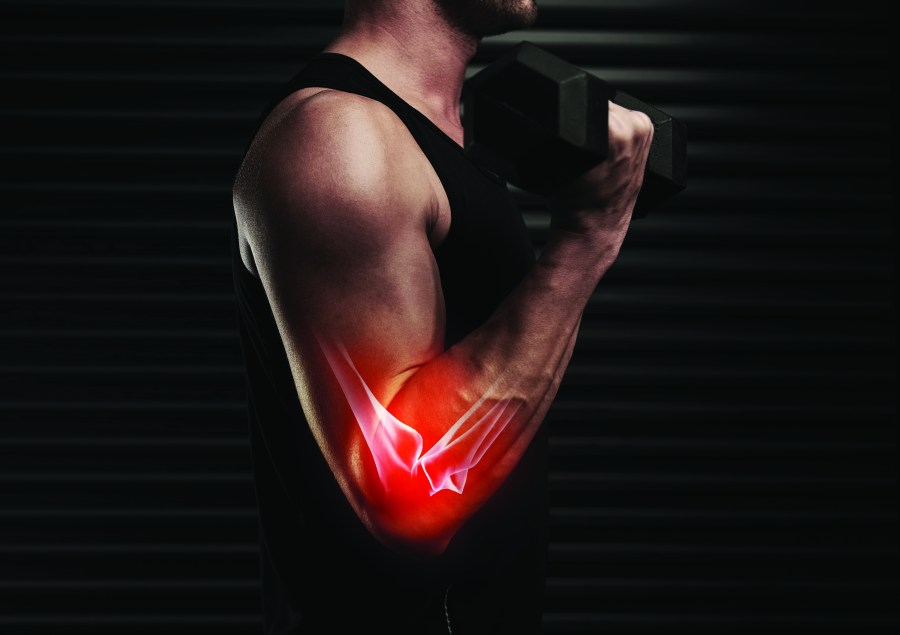Misunderstood and often-overlooked, inflammation is your body’s first line of defence. But what happens when it occurs long-term? We explain how to manage inflammation and adapt your training
Anti-inflammatory foods, drinks and supplements are big business these days. In fact, you only have to take a quick scroll on social media and you’ll be met with some sort of ‘inflammation busting’ smoothie, shot or tablet promising miracle results such as clearer skin, faster recovery, a happier gut and even reduced risk of disease.
Needless to say, inflammation has developed a bit of a bad rep. Because, while some inflammation is good, and necessary for healing and repair, long-term inflammation can lead/contribute to big problems for your body and your mind.
The good vs the bad
Inflammation is your body’s frontline defence system. “It’s how your immune system responds to injury, illness or infection and is part of the healing process. When you experience redness, swelling and heat, that’s acute inflammation. It helps fight off invaders and kickstart recovery,” explains Rob Hobson, registered nutritionist and author of Unprocess Your Life.
But problems arise when inflammation becomes chronic. “This happens over months and years. The immune system stays in a state of alert when there’s no real threat, and that can start damaging healthy tissues and organs. The body basically starts attacking itself,” says Rob.
Chronic inflammation underpins most of the diseases of modern life from heart disease and type 2 diabetes to cognitive decline, arthritis and depression, so it’s definitely not something to ignore.
“Persistent fatigue, gut issues, trouble recovering from workouts, sleep problems and a low mood don’t confirm you’re inflamed, but together they can point towards something going on under the surface,” says Rob.

What’s the cause?
“Poor diet, excess belly fat, too much alcohol, lack of sleep, high stress and even overtraining without enough recovery can lead to problems, disrupting the body’s balance and creating conditions that indirectly promote low-grade, long-term inflammation.
“If you’re always pushing and never giving your body time to rest, it can have the opposite effect of what you are trying to achieve. All of this will eventually start affecting performance, energy and long-term health,” says Rob. You cannot ‘cure’ chronic inflammation, but it can be managed…
Eat
You don’t need to overhaul your whole diet. Instead, make small changes and swaps.
First up, oily fish. We’re talking salmon, mackerel and sardines. “These are rich in omega-3s, which help balance the inflammatory response. Aim for two portions a week,” recommends Rob. Meat lover? While protein is essential for muscle growth, too much of the processed kind won’t help. Go for lean protein instead: chicken, fish, eggs and legumes.
Swap refined carbs (think white bread, white rice and pastries) for whole grains such as oats, quinoa and brown rice. Fibre-filled whole grains have been shown to reduce inflammatory markers, whereas research published last year revealed that high amounts of refined, low fibre carbs could actually increase certain markers.
Fill your fruit bowl with some berries, cherries and dark-coloured fruits. “These are loaded with polyphenols-plant based antioxidants- that help calm inflammation,” says Rob. Tuck into broccoli, leafy greens such as spinach and other colourful veg too.
Cooking? Make extra virgin olive oil your go-to. “It’s packed with anti-inflammatory compounds such as oleocanthal,”says Rob.Can’t resist a 3pm snack? Try swapping biscuits and crisps for a handful of nuts and seeds. “Walnuts, flaxseeds and almonds in particular are filled with omega-3s and antioxidants,” adds Rob.
When it comes to caffeine, which you might think is a secret stressor, two to three cups a day has in fact been associated with lower levels of inflammation markers in some studies.
Just avoid syrupy, sugary dessert-like coffees; these won’t provide the same benefits. The same goes for UPFs such as ready meals, biscuits, crisps and supermarket pizzas.
“These won’t do chronic inflammation any favours as they’re often high in sugar, unhealthy fats, emulsifiers and zero fibre,” says Rob.
Excess alcohol is also a no-go. “One or two drinks a week is fine, but regular heavy drinking worsens inflammation across the board,” warns Rob.

Train
It’s all about balance when it comes to training, rather than maxing out every day. Research in the journal Frontiers in Physiology found that long, intense training sessions (think daily long runs or hours spent at the gym doing high intensity Hyrox training) could increase the risk of chronic inflammation. On the flip side, research in the journal Cykotine found that a lack of exercise and a sedentary lifestyle could cause a build up of dangerous visceral fat and the development of a low-grade chronic inflammation state.
Chronic inflammation is your muscles’ worst wingman, but there are ways to get strong, stay fit and avoid exhaustion. Luke Hughes, PT and co-founder of Active Careers, recommends the push, pull, legs (PPL) training split for your strength training.
“On push days, focus on chest, shoulders and triceps; on pull days focus on back and biceps; and on the leg days, focus on quads, hamstrings and calves. PPL groups your muscles synergistically and reduces local muscle overload. This manages inflammation through focusing on large compound lifts, allowing you to keep these workouts concise, but extremely efficient, maximising muscle fibre stimulation with optimal recovery without needing high training frequency.”
In fact, intensity is more effective than volume when it comes to building, according to research in the journal Psychological Reports.
Alongside your PPL routine, incorporate light cardio. Try swimming, rowing or cycling.
“I’d recommend one zone 2 session at 60 to 70% of your maximum heart rate for a longer duration and the other, a zone 4 session, at 80 to 90% of max heart rate. This could be a much shorter interval session.
This allows for two full days of active rest each week. To stop your strength training from doing more harm than good in the long run, Luke recommends having de-load weeks every four to six weeks, reducing the volume and intensity.
Recovery after your workout is key. “Immediately after an intense strength training session, sip on an electrolyte loaded drink and do light cardio for five to 10 minutes to gradually lower your heart rate. Perform static stretching on the muscle groups that you have just trained,” says Luke.

Recover
There are also three ‘S’s to consider in your anti-inflammatory routine. Sleep is a big factor: quality as well as quantity. “Men that have shortened durations of sleep/ broken sleep tend to have higher levels of the stress hormone cortisol and reduced levels of testosterone. Both of these can lead to higher complications in terms of chronic inflammation, such as higher blood pressure, higher heart disease risk and a higher risk of diabetes,” says Dr Jeff Foster, Medical Director of www.manual.co.
Exercise and staying active helps to improve sleep. “We also know that regularity is the key to a good night’s sleep: go to bed at the same time every night and get up at the same time every day,” says Dr Foster. “The one to two hours before midnight is important for sleep because it increases growth hormone release; this is the important hormone in terms of recovery and reduction in inflammation.”
Stress, both physical and mental, is a huge factor too. This increases sympathetic nervous system activity, aka the fight or flight response, and drives up cortisol levels.
“People with chronic inflammation often have higher levels of cortisol,” says Dr Foster.
“Exercise regularly: it reduces cortisol, improves your cardiovascular risk and when you finish the exercise, it will reduce your sympathetic nervous system and help you sleep and relax,” adds Dr Foster. A tech-free walk with a friend, yoga or even breathwork, will also help to lower stress levels.
Finally, socialise. “There’s good evidence that if you just force yourself, even at a one-to-one level, to meet a friend, a colleague, go out for a coffee or just have dinner with a loved one, this can enormously reduce stress. It offloads and allows people to relax,” shares Dr Foster.






